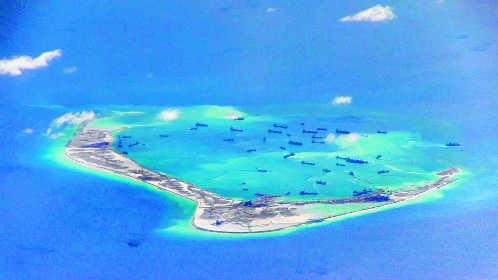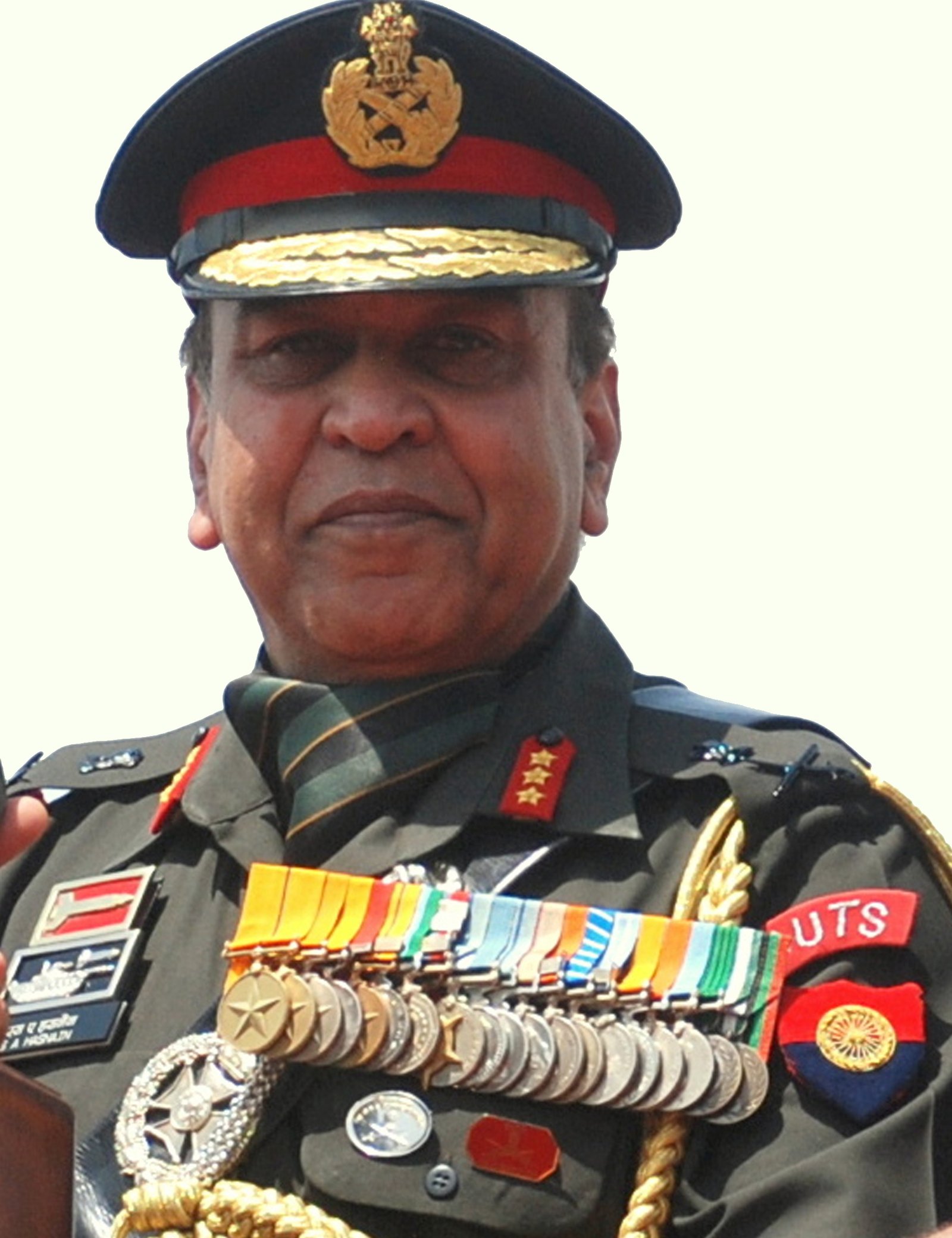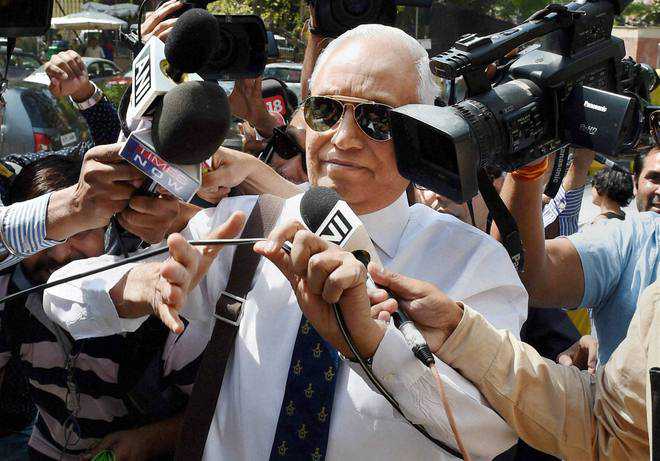BEIJING: In a surprise move, China has elevated the rank of Tibet’s Military Command which looks after the security along its border with India by putting it under the jurisdiction of PLA ground forces, suggesting it may “undertake some kind of military combat mission in future.”
“China raises Tibet Military Command’s (TMC) power rank,” state-run Global Times said in a frontpage report.
“The TMC’s political rank will be elevated to one level higher than its counterpart provincial-level military commands and will come under the leadership of the People’s Liberation Army (PLA),” it reported citing another official newspaper the ‘China Youth Daily.’
“The promotion marks a new journey for the TMC command’s construction,” it said.
The sudden “elevation” surprised many observers as the PLA in this year’s reform brought most of the provincial military commands under the control of Central Military Commission’s (CMC) new National Defence Mobilisation Department.
CMC, the overall high command of the PLA, is directly headed by President Xi Jinping, who is also the head of the ruling Communist Party.
“The TMC on the other hand, is under the leadership of the Chinese ground forces, which suggests that the command may undertake some kind of military combat mission in the future,” the report quoted a “source close to the matter” as saying.
There was no elaboration of what the “military combat mission” will be.
Seasoned military observers termed the report confusing.
President Pranab Mukherjee is due to visit China on a state visit from May 24 to improve bilateral ties. However, differences have risen between the two over China’s attempts to block India’s bid to ban Pakistan-based militant leaders.
China is also stepping its investment in Pakistan-occupied Kashmir (PoK), through which it is building USD 46 billion economic corridor.
By raising TMC’s authority level and putting it under the jurisdiction of PLA ground forces, China continues to boost its military presence in Tibet and aims to allow the military command to shoulder more combat assignments, analysts said.
“The elevation of the authority level is not only an improvement for the troops’ designation, but also an expansion of their function and mission,” Zhao Zhong, deputy director of the Political Work Department of the TMC, was quoted as saying by China Youth Daily.
Military commands in Tibet and Xinjiang have always enjoyed special political status and the promotion in rank this time reflects a continuation of China’s policy.
“The promotion shows China is paying great attention to the TMC, which will significantly improve the command’s ability to manage and control the region’s military resources, as well as provide better preparation for combat,” Song Zhongping, a Beijing-based military expert said.
Currently, the TMC is under the leadership of Western Theatre Command, headquartered in Chengdu, Sichuan Province. Parrikar visited it during his visit last month.
“After the military reform, the TMC’s priority is the management of military resources, as well as the region’s national defence mobilisation,” Song said.
The TMC bears great responsibility to prepare for possible China-India conflicts, and currently it is difficult to secure all the military resources they need, Song said.
“Border disputes between China and India have not been completely resolved. Military action in the TMC requires specialist mountain skills and long-range capabilities, which need the deployment of special military resources,” Song said.
“The promotion of the command’s authority level shows the amount of attention China places on the defence of its southwestern borders,” he said.
The report quoted a Beijing-based military expert saying that “as a key part of the Western Theatre Command, the elevation in rank of TMC will also boost combat abilities.”
Early this year, Xi revamped the 2.3 million strong military by creating a PLA Rocket Force of the strategic missile forces and the Strategic Support Force to provide proper electronic and cyber intelligence backup for precision missiles strikes.
The unified joint command system which Xi initiated will end the army-dominated set-up with more role for airforce and navy, which are on a modernisation drive under an annual USD 145 defence budget.
The overhaul is aimed at moving away from an army-centric system towards a Western-style joint command in which the army, navy and air force are equally represented.
Until last year, China had seven military area commands in Beijing, Nanjing, Chengdu, Jinan, Shenyang, Lanzhou and Guangzhou. Of this Chengdu looked after security of India’s Eastern sector in the Tibet region including Arunachal Pradesh while Lanzhou in Xinjiang looked after partly the western sector, including Kashmir region and Pakistan.
As per the new strategic zone plan, both Chengdu and Lanzhou gets integrated into strategic command region making it perhaps the biggest areas for Chinese military.
TMC may perhaps get a four-star General instead of a Lt General, while Lanzhou where the combat forces are stationed is already led by a General.
“Loosely put it, the report is very confusing. we need to more information to get a proper prospective,” a senior military official told PTI.
India-China borders largely enjoy peace and tranquillity, notwithstanding the dispute over the 3,488-km long border. They have set up mechanism at the ground and at the level of the government to address issues relating to the recurring transgressions by PLA troops in the areas claimed by India.
The issue was broadly discussed during last month’s visit of Defence Minister Manohar Parrikar to China during which the two sides agreed to set up ‘Hot Lines’ between the militaries
























































































































